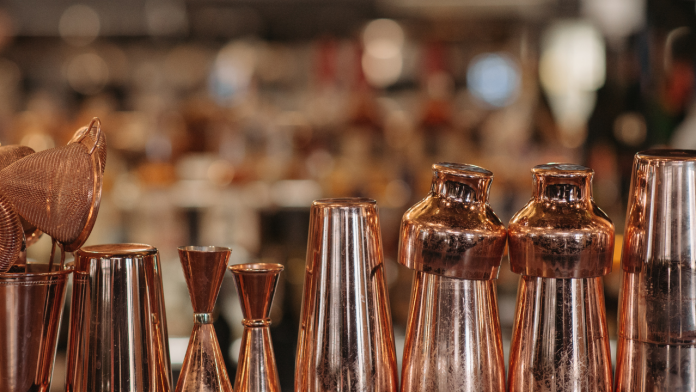Introduction
Medieval sculptures have long fascinated art enthusiasts, historians, and travelers alike. These intricately crafted pieces of art transport us back in time to an era of knights, castles, and religious devotion. In this article, we will explore the world of medieval sculptures, shedding light on their historical significance, distinctive characteristics, and cultural impact.
Historical Significance
Medieval sculptures hold a pivotal place in the annals of art history. They served as essential tools for conveying religious narratives to a predominantly illiterate audience during the Middle Ages. These sculptures were not just artistic expressions but also vehicles for religious instruction and spiritual reflection.
Characteristics of Medieval Sculptures
The distinct characteristics of thesel sculptures include a focus on religious themes, exaggerated proportions, and a remarkable attention to detail. Sculptors of the time aimed to convey the divine, employing intricate symbolism and ornate decorations.
Materials and Techniques Used
Medieval sculptors primarily used materials like stone, wood, and metal to craft their masterpieces. The techniques involved carving, chiseling, and casting, often with painstaking precision. These sculptures have stood the test of time, showcasing the skill and dedication of their creators.
Types of Medieval Sculptures
These sculptures encompass a wide array of forms, including relief sculptures, free-standing statues, and architectural sculptures adorning cathedrals and churches. Each type serves a unique purpose, from the narrative reliefs on church portals to the grand statues of saints and biblical figures.
Iconography in Medieval Sculptures
Iconography played a central role in medieval sculptures. Every element in a sculpture carried symbolic significance, enabling viewers to decipher the message. Whether it was a saint’s attribute or a biblical scene, every detail conveyed a deeper meaning.
Influence of Religion and Culture
Religion and culture were inextricably linked during the medieval period. Sculptures often served as a medium to propagate religious beliefs and cultural values, making them not only artistic but also spiritual treasures.
Famous Medieval Sculptures
The medieval era gifted us with renowned sculptures such as the Pieta by Michelangelo, the Chartres Cathedral sculptures, and the Lindisfarne Gospels. These works of art continue to captivate audiences with their timeless beauty.
Preservation and Restoration
Preserving these sculptures is a labor of love. Organizations and individuals work tirelessly to restore and protect these treasures, ensuring that they endure for future generations to admire.
Impact on Modern Art
The influence of these sculptures can be seen in modern art movements, from Gothic Revival architecture to contemporary artists drawing inspiration from the past. The enduring legacy of medieval art lives on in various forms.
The Revival of Medieval Sculpture
In recent years, there has been a resurgence of interest in medieval sculpture. Artists and historians alike are revisiting the techniques and themes of the past, breathing new life into this ancient art form.
Conclusion
Medieval sculptures are a testament to the creativity and devotion of their creators. They offer us a glimpse into a world where art was not just an expression but a bridge to the divine. As we continue to explore and appreciate these works, we keep the spirit of the Middle Ages alive, reminding us of the rich cultural tapestry that forms our history.
FAQs
1. Are medieval sculptures only religious in nature?
Medieval sculptures predominantly focus on religious themes, but they also depict secular subjects, such as knights and nobility.
2. What are the primary materials used in medieval sculptures?
Medieval sculptors mainly used stone, wood, and metal for their creations.
3. Can I see medieval sculptures in museums today?
Yes, many museums around the world house medieval sculptures, allowing you to admire these historical treasures.
4. How did medieval sculptures influence modern art?
Medieval sculptures inspired various art movements and continue to impact contemporary artists, both in technique and symbolism.
5. Are there any famous female medieval sculptors?
While women were not widely recognized as sculptors during the medieval period, their contributions to the art world are being reevaluated in recent research.



